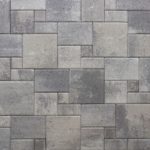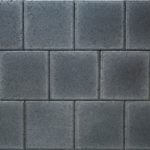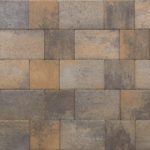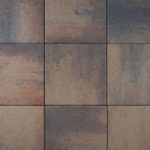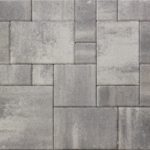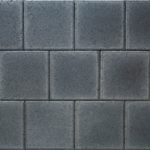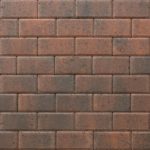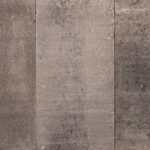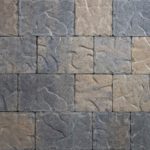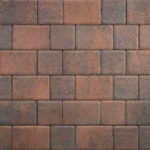Frequently Asked Questions
What is Efflorescence?
It is a water soluble residue left in the stone, which sometimes migrates to the surface of the stone. It does not affect the quality of the stone. Over time, it will wear off; or an acid cleaner can be used to remove it.
What is the life cycle of paving stones compared to asphalt or concrete?
In most cases, paving stones last 3-4 times longer than asphalt or concrete..
What makes paving stones high strength?
The manufacturing process consolidates the cement and small aggregates with intense vibration and pressure, creating high compression strength.
Can paving stones be overlaid on existing concrete?
Yes, but special attention must be given to the thickness of the pavers, and the edge stones must be retained with glue.
Are paving stones slippery?
Paving stones are manufactured to have a non-slip surface.
Can the paving stones be sealed?
Paving stones can be sealed or left natural. Sealed stones will have a rich, wet look, while stones left unsealed will have a softer, more subtle effect.
Can pavers be used on steps or landings?
Yes; however, adhesive must be used to secure the pavers to retaining wall block, step blocks, or existing steps.
Safety & Tips
Installation Tips
- If using a wet saw, make sure the cut stones are rinsed off. Don’t drip slurry from cuts onto the installed stones; it is very difficult to remove.
- Crayons or felt tip markers work well to mark stones for cutting.
- When screeding the sand, square screed rails will produce a flatter surface than round
ones - Snap chalk lines on sand for straight laying.
- Using a demo saw is faster than a wet saw.
- Apply sand on top of pavers and allow to dry 2-3 hours before sweeping into joints.
Safety Items Recommended
- Steel toe boots or other heavy shoes – protection against anything falling on your foot
- Dust mask – protection against the particles that are released when you saw cut paving
stones - Ear plugs – protection when using a saw, or compactor
- Safety glasses – protection when using a saw, or compactor
- Rubber gloves – leather gloves will wear out much faster from the abrasive texture of the stones
- Long pants – protection from any heat from the equipment or flying debris
Design Considerations
The choices that need to be made as you consider your project are: style of stone, style of header (if used), color of stone, laying pattern, type of joint sand, style of edge restraint, and whether to use a sealer.
Keep in mind the following guidelines as you make your decisions:
- Larger stones such as Arena Stone, Park Stone, and Plaza Stone are not recommended for driveways, due to their shifting tendencies.
- Heavily textured stones, such as Granite Stone, need extra care when being compacted during the installation process.
- Small stones offer more interlocking strength.
- Borders of the same color of stone will blend with the main field of stones, while borders with a different color of stone will contrast and highlight the main field of paving stones.
- The colors in the areas surrounding your hardscapes project need to be considered when choosing a paving stone or retaining wall color. The stone colors don’t need to match exactly, but they should complement the surroundings.
- Interlocking or irregular patterns add more surface strength and shifting resistance.
- The smaller stones will tend to make a small area look bigger.



